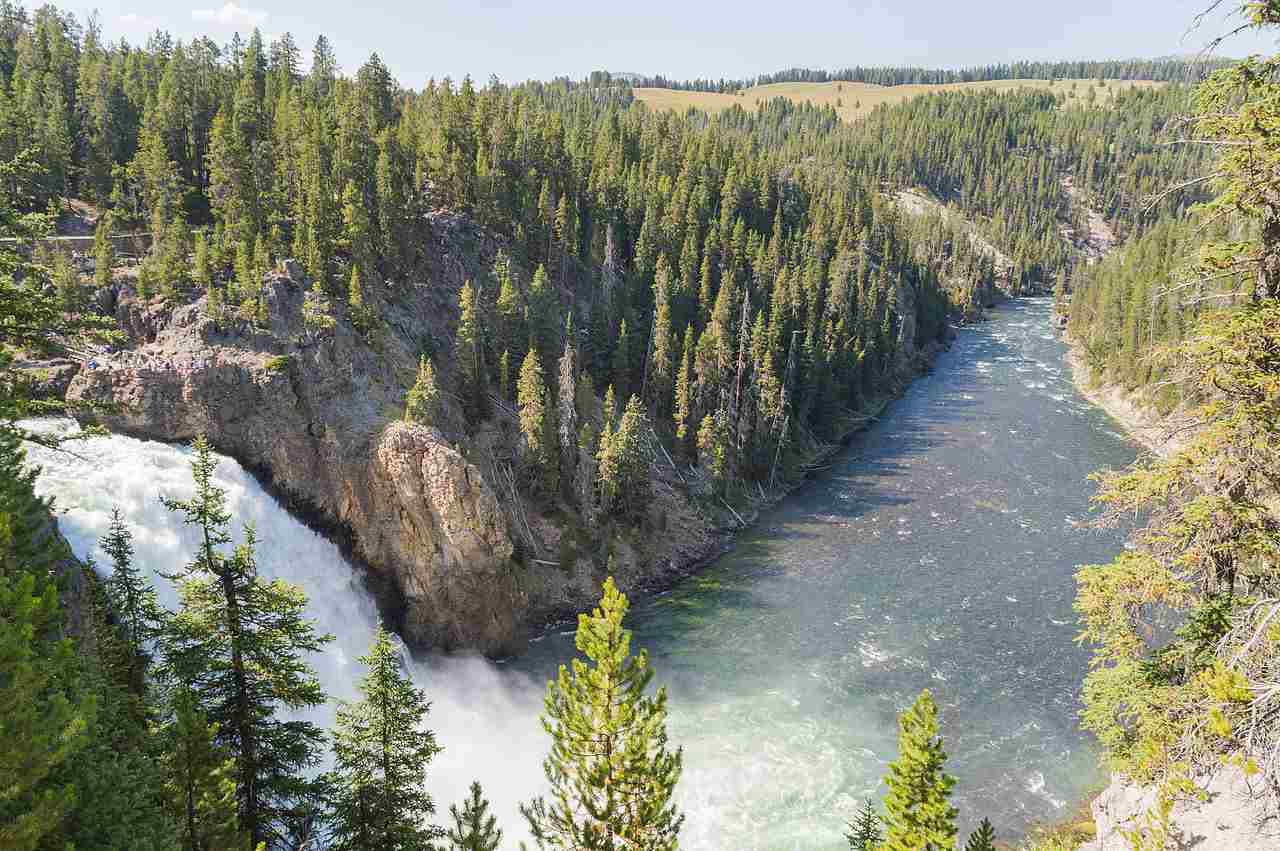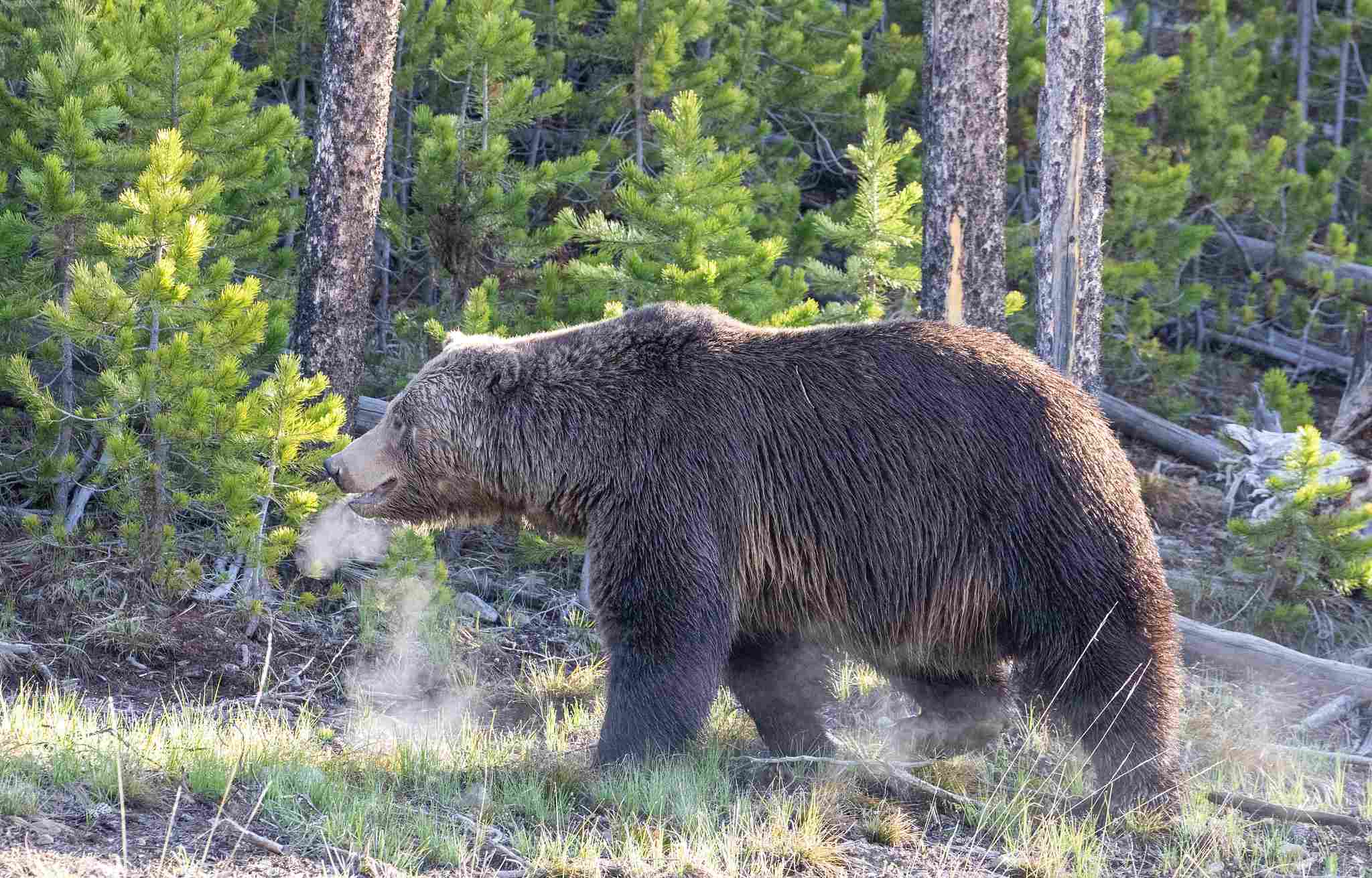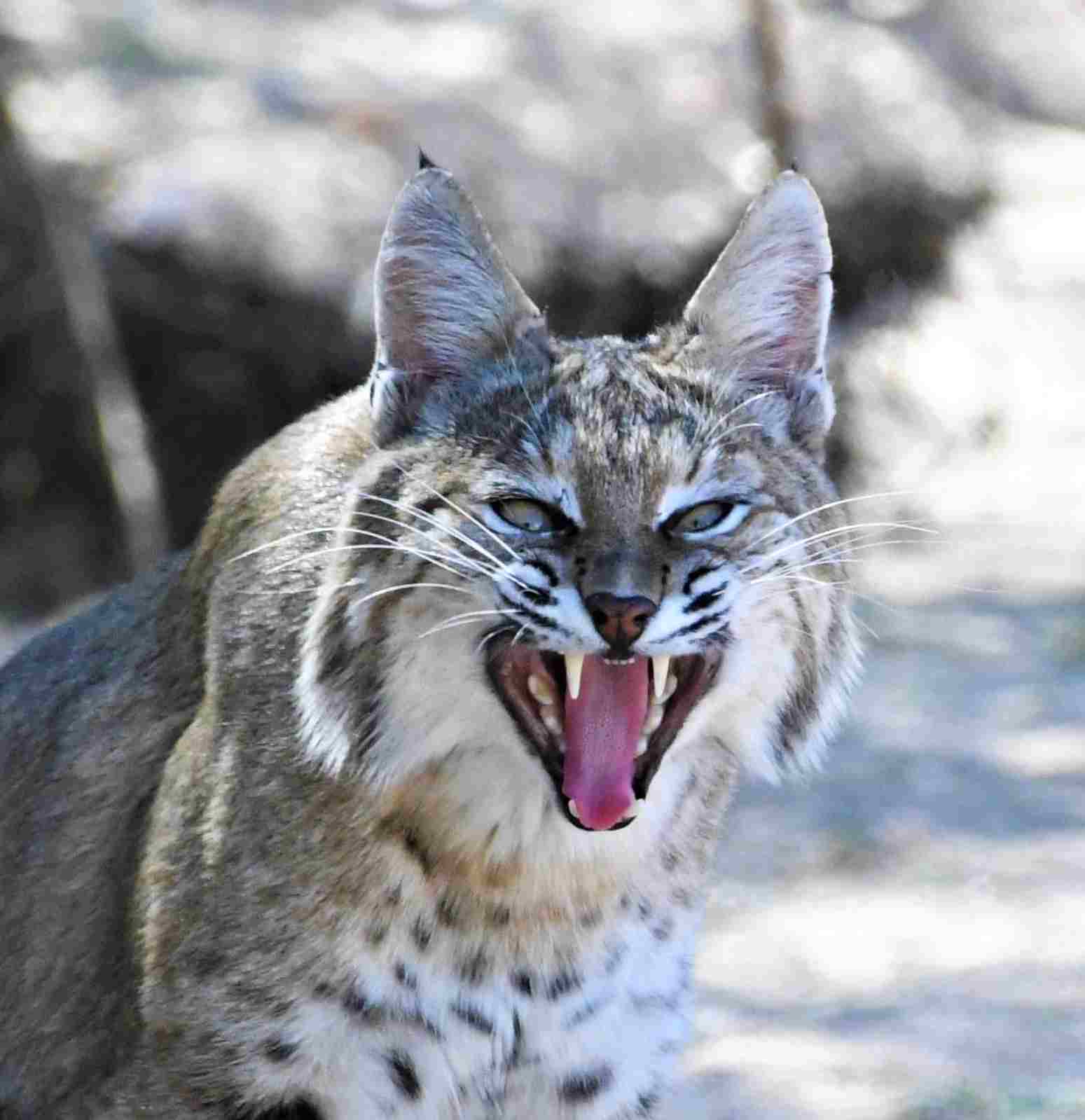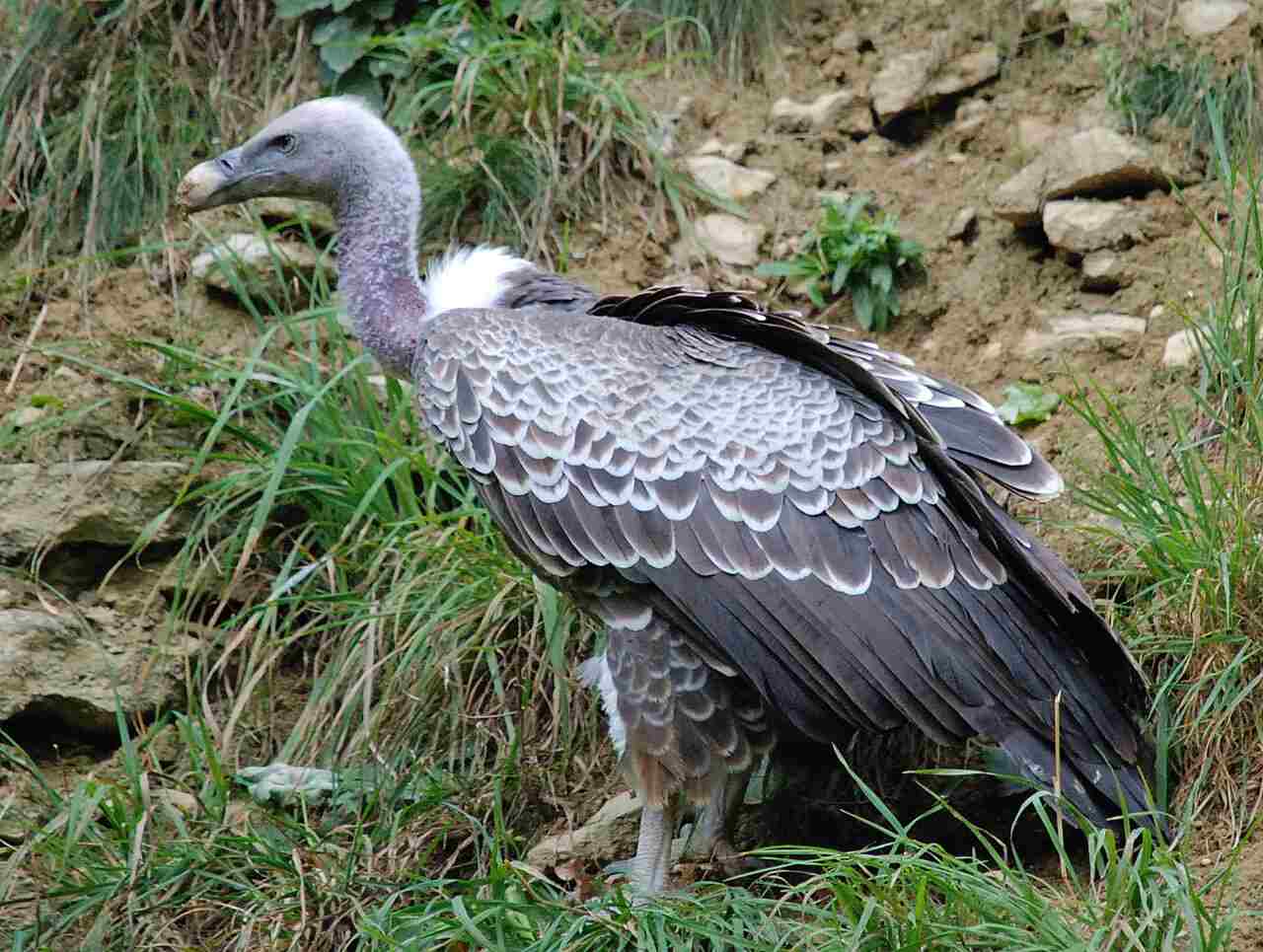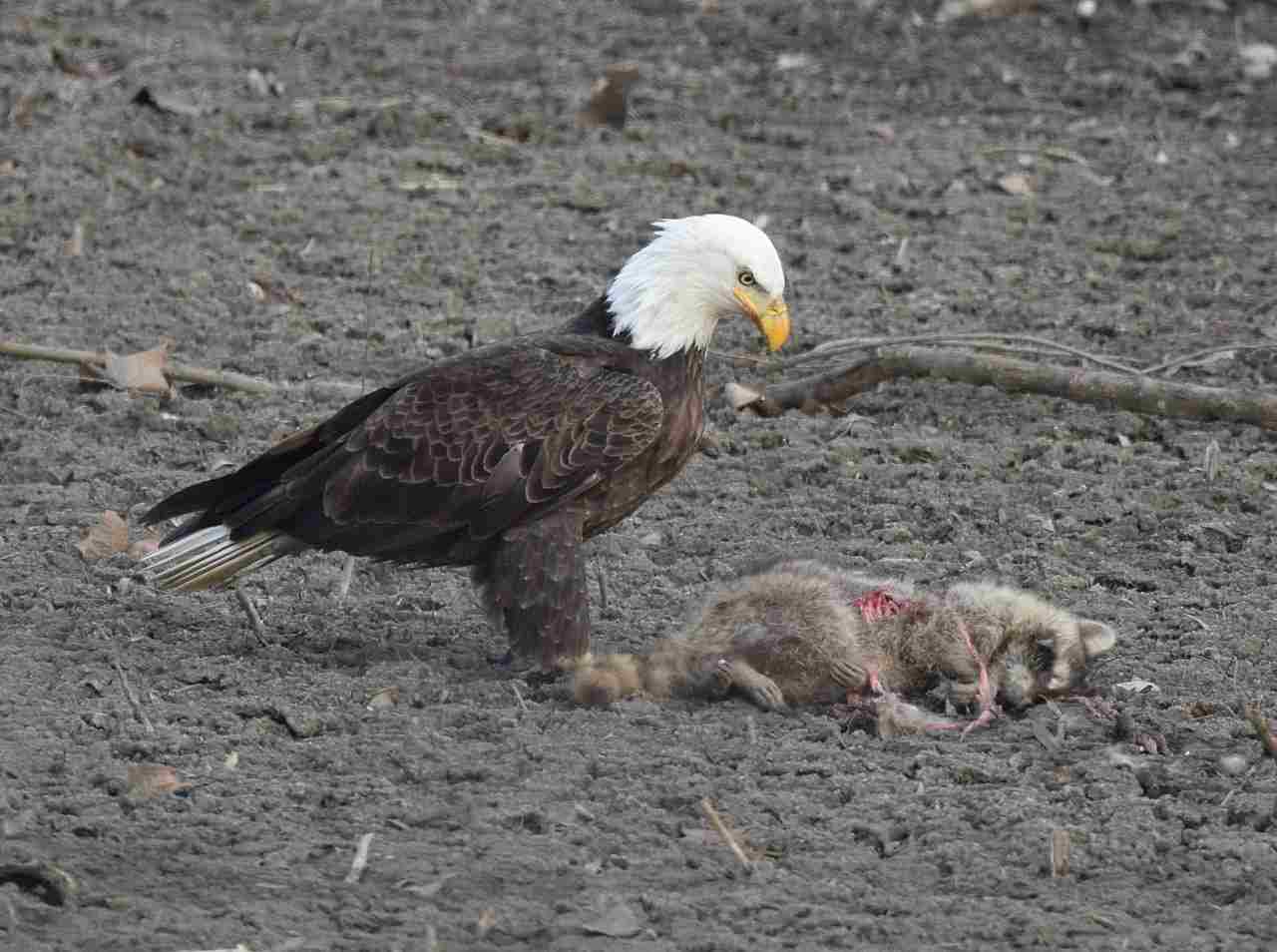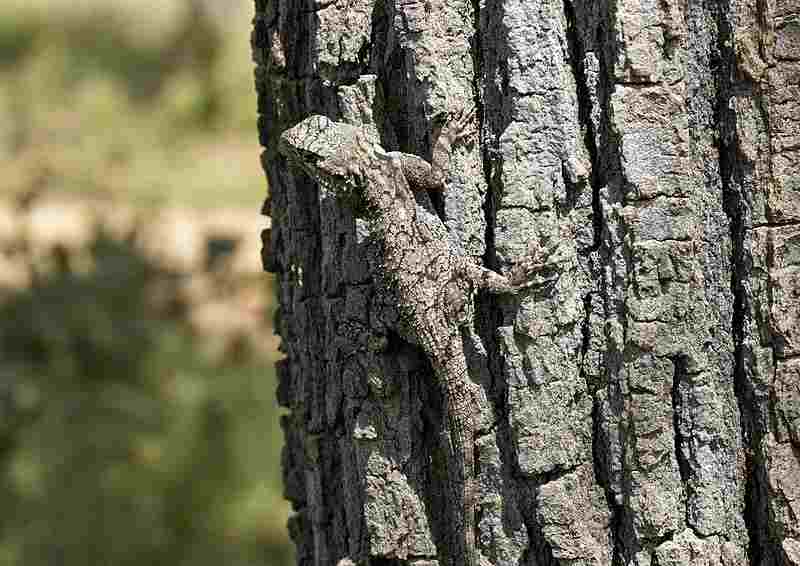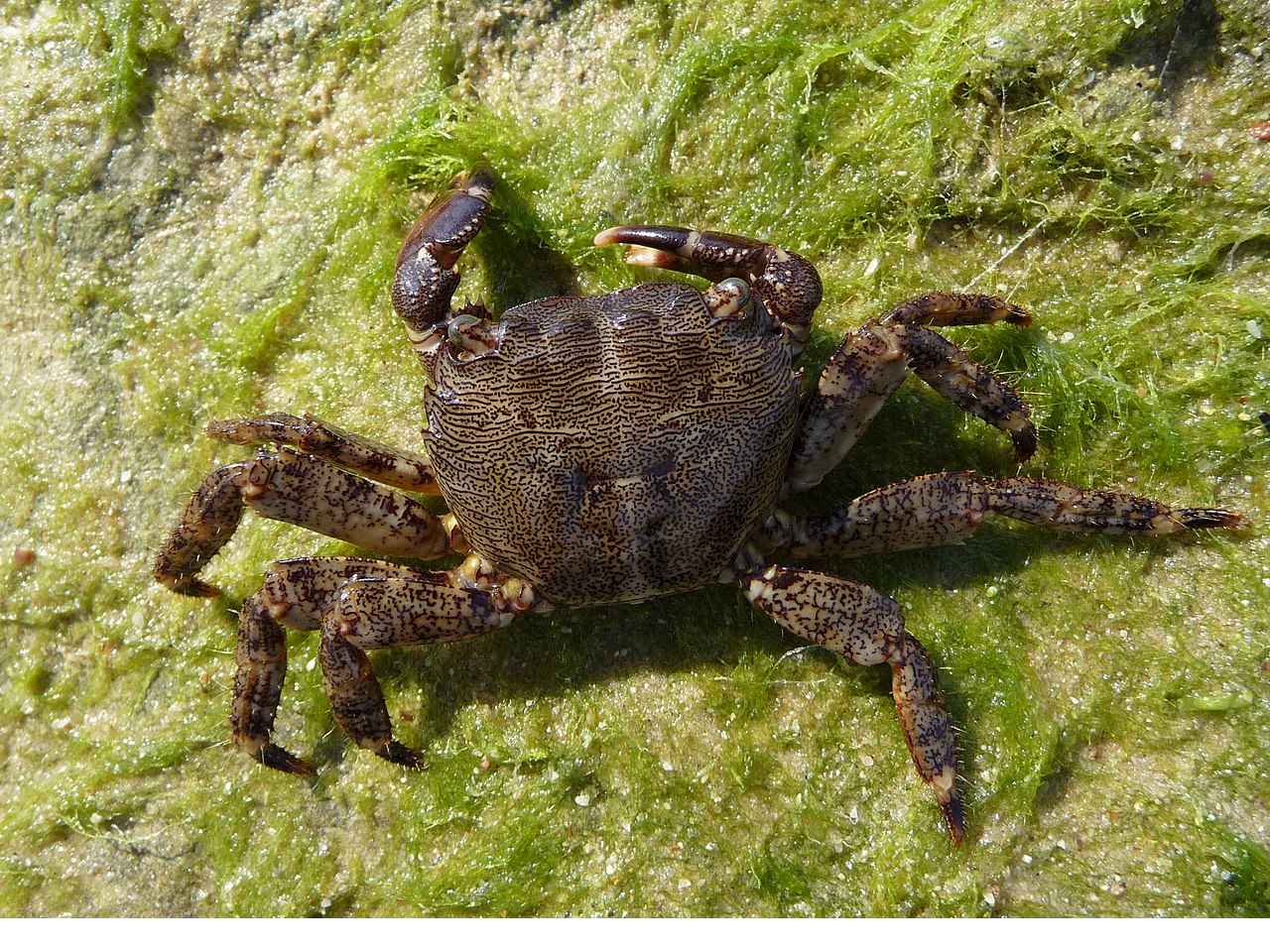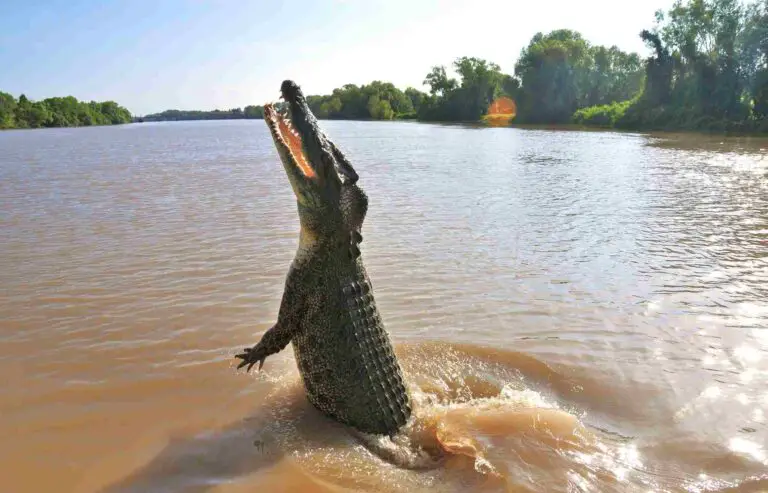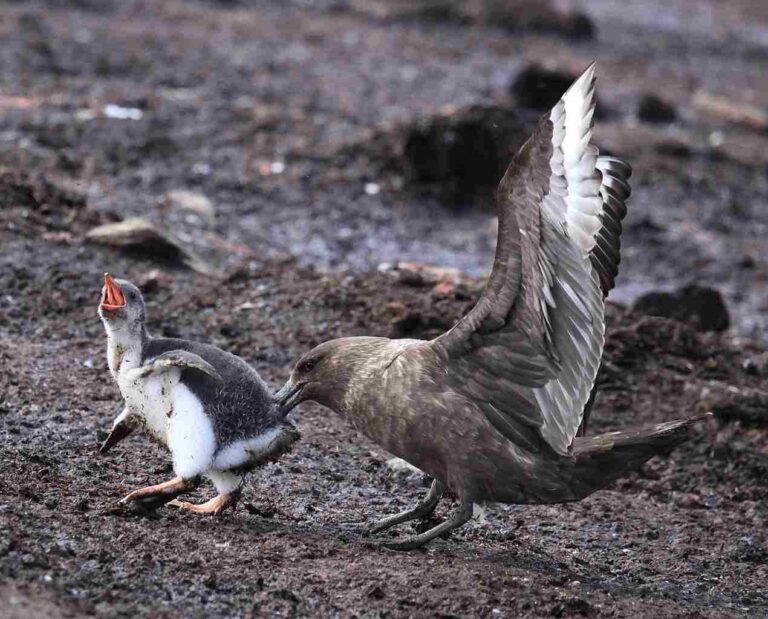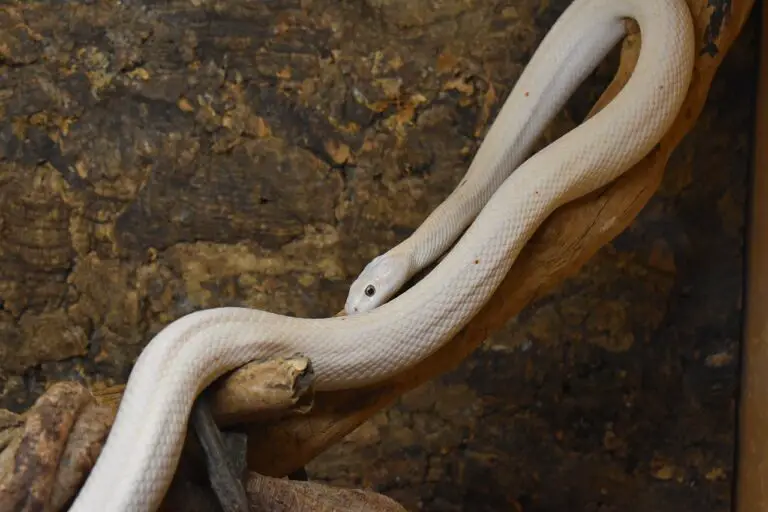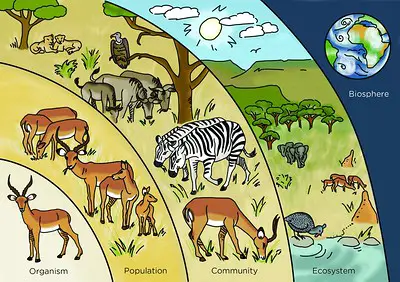What Is The Most Likely Carrying Capacity For The Scavengers In The Yellowstone National Park?
The most likely carrying capacity for the scavengers in Yellowstone National Park is determined by the availability of carrion and other food sources, as well as the health and abundance of predator populations. Since scavengers rely on dead or decaying organic matter, their carrying capacity is closely linked to the populations of predators and herbivores that create these food sources. A high carrying capacity for scavengers suggests a balanced ecosystem with sufficient prey and predator activities, while low carrying capacity might indicate reduced predation or other ecosystem disruptions. Environmental factors, such as weather and seasonal changes, also play a role in determining scavenger carrying capacity.
What Is The Carrying Capacity Of The Yellowstone National Park?
Carrying capacity refers to the maximum number of individuals or species an environment can sustainably support without undergoing degradation. In the context of a national park like Yellowstone, carrying capacity encompasses not only the number of visitors and their impact on the park’s infrastructure but also the ability of the ecosystem to sustain a diverse range of wildlife without causing lasting damage to the natural environment.
Defining Carrying Capacity in Yellowstone
Yellowstone National Park is a vast and diverse ecosystem, with over 2.2 million acres of land that includes a range of environments like forests, grasslands, rivers, and geothermal features. Establishing a carrying capacity for such a dynamic area involves understanding the ecological balance, including interactions among different species, resource availability, and human impact.
Human Carrying Capacity
In terms of human visitors, the carrying capacity of Yellowstone is influenced by the park’s infrastructure, such as roads, trails, campgrounds, and visitor centers. Park managers monitor visitor numbers to ensure that they do not exceed the park’s ability to accommodate them safely and without damaging the environment. High visitor numbers can lead to increased pollution, trail erosion, and stress on wildlife.
To manage human carrying capacity, Yellowstone uses various strategies such as:
-
Regulating Visitor Numbers: Limiting access to specific areas during peak seasons or requiring reservations to avoid overcrowding.
-
Visitor Education: Providing information about responsible park use and the impact of human activities on wildlife and the environment.
-
Infrastructure Maintenance: Regular upkeep of roads, trails, and facilities to handle visitor traffic and reduce environmental impact.
Ecological Carrying Capacity
The ecological carrying capacity of Yellowstone is closely linked to the health of its ecosystems and the interactions among different species. Factors like food availability, predator-prey dynamics, and climate can influence the number of animals the park can sustain. For example, an overabundance of one species could lead to overgrazing, which affects plant life and subsequently impacts other species reliant on those plants.
The reintroduction of wolves in the 1990s provides an example of how ecological carrying capacity can shift. Wolves, as apex predators, help control the population of prey species like elk and deer, which in turn affects the vegetation and overall health of the ecosystem.
Challenges in Determining Carrying Capacity
Several challenges make it difficult to pinpoint a specific carrying capacity for Yellowstone:
-
Fluctuating Environmental Conditions: Seasonal changes, climate variability, and natural disturbances like wildfires can influence the carrying capacity over time.
-
Species Interactions: The complex food web in Yellowstone means that changes in one species’ population can cascade through the ecosystem, altering carrying capacity.
-
Human Impact: Visitor behavior, infrastructure development, and external factors like pollution from nearby areas can affect the park’s ecological balance.
Therefore, the carrying capacity of Yellowstone National Park is a complex concept influenced by both human activity and ecological factors. Managing this capacity requires a dynamic approach that balances human use with the preservation of the park’s natural beauty and ecological integrity.
What Are Some Scavengers In Yellowstone National Park?
Scavengers play a critical role in Yellowstone National Park’s ecosystem by consuming dead or decaying organic matter, helping to recycle nutrients back into the environment, and reducing the spread of disease by cleaning up carcasses. Yellowstone is home to a variety of scavenger species, both avian and mammalian, that perform these crucial ecological functions.
Common Avian Scavengers
-
Ravens: Ravens are among the most intelligent birds in the park and are known for their ability to find and scavenge food from a variety of sources. They often work together in small groups to disassemble carcasses or access food sources that might be otherwise challenging to reach.
-
Bald Eagles: While primarily known as fish-eaters, bald eagles will opportunistically scavenge carrion when available, especially during winter months when food is scarcer.
-
Golden Eagles: Similar to bald eagles, golden eagles are also scavengers. They are more likely to be found near large carcasses, such as those of elk or bison.
-
Turkey Vultures: These birds are specialized scavengers with keen senses of smell and sight. They often circle high in the sky, using thermal currents to locate dead animals.
Common Mammalian Scavengers
-
Coyotes: Although coyotes are skilled hunters, they are also known to scavenge carrion, especially in winter when hunting might be more challenging. They often follow wolves or other predators to benefit from their kills.
-
Wolves: While primarily predators, wolves can also act as scavengers, especially when food is scarce. They often return to their previous kills to scavenge.
-
Grizzly Bears: These large omnivores are among the most powerful scavengers in the park. Grizzlies often take over kills from other predators and are known to dig up buried food caches.
-
American Martens: Although primarily carnivorous and reliant on smaller prey, American martens will scavenge if the opportunity arises.
These scavengers form a crucial part of Yellowstone’s food web, ensuring that no resources go to waste.
What Is The Carrying Capacity, Migration, and Dispersal in Yellowstone Bison?
The Yellowstone bison population is one of the most iconic and closely studied bison herds in the United States. Understanding the carrying capacity for this population involves analyzing factors like food availability, habitat, migration patterns, and human impact.
Carrying Capacity for Bison
The carrying capacity for bison in Yellowstone is largely dependent on the availability of forage, especially during the harsh winter months. Bison rely on grasslands and open areas for grazing, which can be impacted by overgrazing and environmental changes.
Factors affecting carrying capacity include:
-
Seasonal Variability: In summer, bison have more abundant food sources, allowing the population to grow. In winter, the carrying capacity decreases as food becomes scarcer.
-
Predation and Hunting: Wolves and other predators help maintain a balanced population, influencing the carrying capacity. Additionally, hunting outside park boundaries can affect population dynamics.
-
Habitat Conditions: Changes in habitat due to human activity, climate, or natural events can influence the carrying capacity. Proper management of grasslands is key to sustaining bison populations.
Migration and Dispersal
Bison in Yellowstone are migratory animals, moving between higher elevations in summer and lower elevations in winter to find food. This migration is influenced by snowpack, weather conditions, and availability of forage.
Migration patterns can impact bison carrying capacity by:
-
Preventing Overgrazing: By moving between different areas, bison reduce the risk of overgrazing in a single location, allowing ecosystems to recover.
-
Increasing Genetic Diversity: Migration allows for mixing among different groups, leading to greater genetic diversity within the bison population.
Dispersal, the movement of bison from one area to another, often occurs due to competition for resources, changes in habitat conditions, or population pressures. This dispersal can impact carrying capacity by redistributing bison across different habitats, affecting the balance of grazing pressure in each area.
Understanding migration and dispersal patterns is crucial for managing bison populations in Yellowstone and maintaining a sustainable carrying capacity. The park’s managers work to ensure that bison have adequate access to food and habitat, while also balancing the needs of other species and human visitors.
What Is the Most Abundant Animal in Yellowstone?
Determining the most abundant animal in Yellowstone National Park involves considering both population size and ecological impact. Yellowstone is home to a rich diversity of wildlife, including large mammals, birds, fish, and insects.
1. Elk
One of the most abundant large mammals in Yellowstone is the elk (Cervus canadensis). With populations reaching tens of thousands, they are among the most visible and numerous mammals in the park. Elk are found across various ecosystems, from meadows to forests, and play a significant role in the park’s food web. They are a crucial food source for predators like wolves, bears, and cougars, and they also influence the growth of vegetation through their grazing habits.
2. Cutthroat Trout
In aquatic environments, the Yellowstone cutthroat trout (Oncorhynchus clarkii bouvieri) is one of the most abundant fish species. They inhabit Yellowstone’s rivers and lakes and are a key part of the park’s ecosystem, serving as a primary food source for birds like ospreys and eagles, as well as for mammals like bears.
3. Insects
Although not as visible as elk or cutthroat trout, insects are likely the most abundant animals in Yellowstone by sheer numbers. They play a crucial role in pollination, decomposition, and as a food source for other wildlife. Ants, beetles, and butterflies are among the diverse insect populations in the park, contributing to the ecological balance and health of the ecosystem.
Overall, elk and cutthroat trout are among the most abundant large animals in Yellowstone, while insects hold the title for sheer numbers and ecological impact.
What Factors Would Determine the Wolves’ Carrying Capacity?
Wolves (Canis lupus) are apex predators in Yellowstone National Park, and their carrying capacity is influenced by a combination of ecological, environmental, and human-related factors. Understanding these factors is crucial for managing the wolf population and ensuring the stability of the park’s ecosystems.
Prey Availability
One of the primary factors determining the carrying capacity for wolves is the availability of prey. Wolves primarily hunt elk, deer, and bison, among other mammals. If prey populations are high, the carrying capacity for wolves is likely to be higher as well. Conversely, a decrease in prey availability can limit the number of wolves the ecosystem can support.
Habitat and Territory
Wolves require adequate territory to establish packs and hunt. The size of their territory depends on factors like prey density and habitat quality. If wolves have enough space to roam and hunt, the carrying capacity for them increases. Limited territory can lead to pack conflicts and reduced carrying capacity.
Competition with Other Predators
Wolves share their habitat with other predators, such as bears, coyotes, and cougars. Competition for prey and territory with these other predators can influence the carrying capacity for wolves. If competition is high, the carrying capacity for wolves might decrease.
Human Impact
Human activities, both within and outside Yellowstone, can affect wolf carrying capacity. Hunting and poaching outside the park boundaries can reduce wolf numbers and impact pack dynamics. Additionally, human infrastructure, like roads and developments, can fragment habitats and reduce the territory available for wolves, limiting their carrying capacity.
Disease and Health
Disease outbreaks, such as mange or canine distemper, can impact wolf populations and affect carrying capacity. A healthy wolf population with a low incidence of disease is more likely to have a higher carrying capacity compared to a population struggling with health issues.
In summary, the carrying capacity for wolves in Yellowstone depends on prey availability, habitat quality, competition with other predators, human impact, and disease. Managing these factors is essential for maintaining a stable and thriving wolf population in the park.
How Did the Reintroduction of Wolves Impact the Flow of the Rivers in Yellowstone?
The reintroduction of wolves into Yellowstone National Park in the mid-1990s is one of the most well-known ecological success stories, leading to a series of cascading effects throughout the park’s ecosystems. One of the most fascinating outcomes of this reintroduction is the indirect impact on the flow of the rivers in Yellowstone, a concept often referred to as a “trophic cascade.”
Wolves and the Trophic Cascade
A trophic cascade occurs when a top predator’s actions have far-reaching effects on lower trophic levels, eventually influencing the entire ecosystem, including the physical landscape. Wolves, as apex predators, play a crucial role in regulating the populations of other species, notably elk and deer, which are major herbivores in Yellowstone.
Impact on Elk Behavior
Before the reintroduction of wolves, the elk population in Yellowstone had grown significantly, leading to overgrazing in many areas. With no natural predators to keep them in check, elk often congregated in river valleys and along stream banks, feeding heavily on vegetation like willows and cottonwoods. This overgrazing contributed to erosion and destabilization of riverbanks, leading to changes in river flow and structure.
With the reintroduction of wolves, elk behavior changed dramatically. The presence of wolves caused elk to be more cautious and to move around more, avoiding certain areas where they could be easily hunted. This behavioral shift reduced the pressure on specific locations along riverbanks and allowed vegetation to recover.
Vegetation Recovery and River Stabilization
As elk moved around more and grazed less intensively in specific areas, the vegetation along riverbanks began to recover. Willows, cottonwoods, and other plant species grew back, stabilizing the soil and reducing erosion. This regrowth helped strengthen the riverbanks and provided habitat for other species like beavers and birds.
Beavers, in particular, benefited from the return of riparian vegetation. With more willows and other plants to use for building dams and lodges, beavers became more active in creating new wetlands and ponds. These beaver-built structures contributed to a more stable river flow, reducing the speed and impact of water movement, which further reduced erosion and contributed to the overall health of the rivers.
Broader Ecological Impacts
The stabilization of riverbanks and the creation of new wetlands and ponds had broader ecological impacts. The increase in vegetation provided habitat and food for a variety of species, enhancing biodiversity. The changes in river flow also influenced fish populations, creating more suitable habitats for fish to spawn and grow.
Overall, the reintroduction of wolves into Yellowstone initiated a cascade of changes that reached far beyond predator-prey dynamics. By impacting the behavior of herbivores, wolves indirectly influenced vegetation growth, riverbank stabilization, and the flow of the rivers, demonstrating the interconnectedness of ecosystems and the vital role of apex predators in maintaining ecological balance.
| Topic | Summary |
| Carrying Capacity of Yellowstone National Park |
Refers to the maximum number of individuals or species an environment can sustain without degradation. For humans, it’s influenced by infrastructure and visitor impact. For wildlife, it’s about ecological balance, resource availability, and interactions among species. Factors include food availability, predation, climate, and human impact.
|
| Scavengers in Yellowstone National Park |
Scavengers consume dead or decaying organic matter, aiding in nutrient recycling and reducing disease spread. Key scavengers in Yellowstone include ravens, bald eagles, golden eagles, turkey vultures, coyotes, wolves, grizzly bears, and American martens. They play a crucial role in the park’s food web.
|
| Carrying Capacity, Migration, and Dispersal in Yellowstone Bison |
Bison carrying capacity is influenced by food availability, habitat conditions, predation, and seasonal variability. Bison migrate to find food, moving to lower elevations in winter and higher in summer. Migration patterns help prevent overgrazing and promote genetic diversity. Dispersal occurs due to resource competition and habitat changes.
|
| Most Abundant Animal in Yellowstone |
The most abundant large mammal is elk, with populations reaching tens of thousands. They play a significant role in the park’s ecosystem, impacting vegetation and serving as prey for predators. In aquatic environments, Yellowstone cutthroat trout is one of the most abundant fish. Insects, though less visible, are the most numerous and play vital roles in pollination and decomposition.
|
| Factors Determining Wolves’ Carrying Capacity |
Wolves’ carrying capacity is influenced by prey availability, territory, competition with other predators, human impact, and disease. High prey availability and adequate habitat lead to a higher carrying capacity, while competition, human development, and disease can reduce it. Proper management is essential to maintain a stable wolf population.
|
| Reintroduction of Wolves Impacting River Flow in Yellowstone |
The reintroduction of wolves caused a trophic cascade, changing elk behavior and reducing overgrazing along riverbanks. This allowed vegetation to recover, leading to riverbank stabilization and reduced erosion. Beavers benefited from the increased vegetation, creating dams and wetlands that contributed to more stable river flow. These changes had broader ecological impacts, promoting biodiversity and enhancing fish habitats.
|
